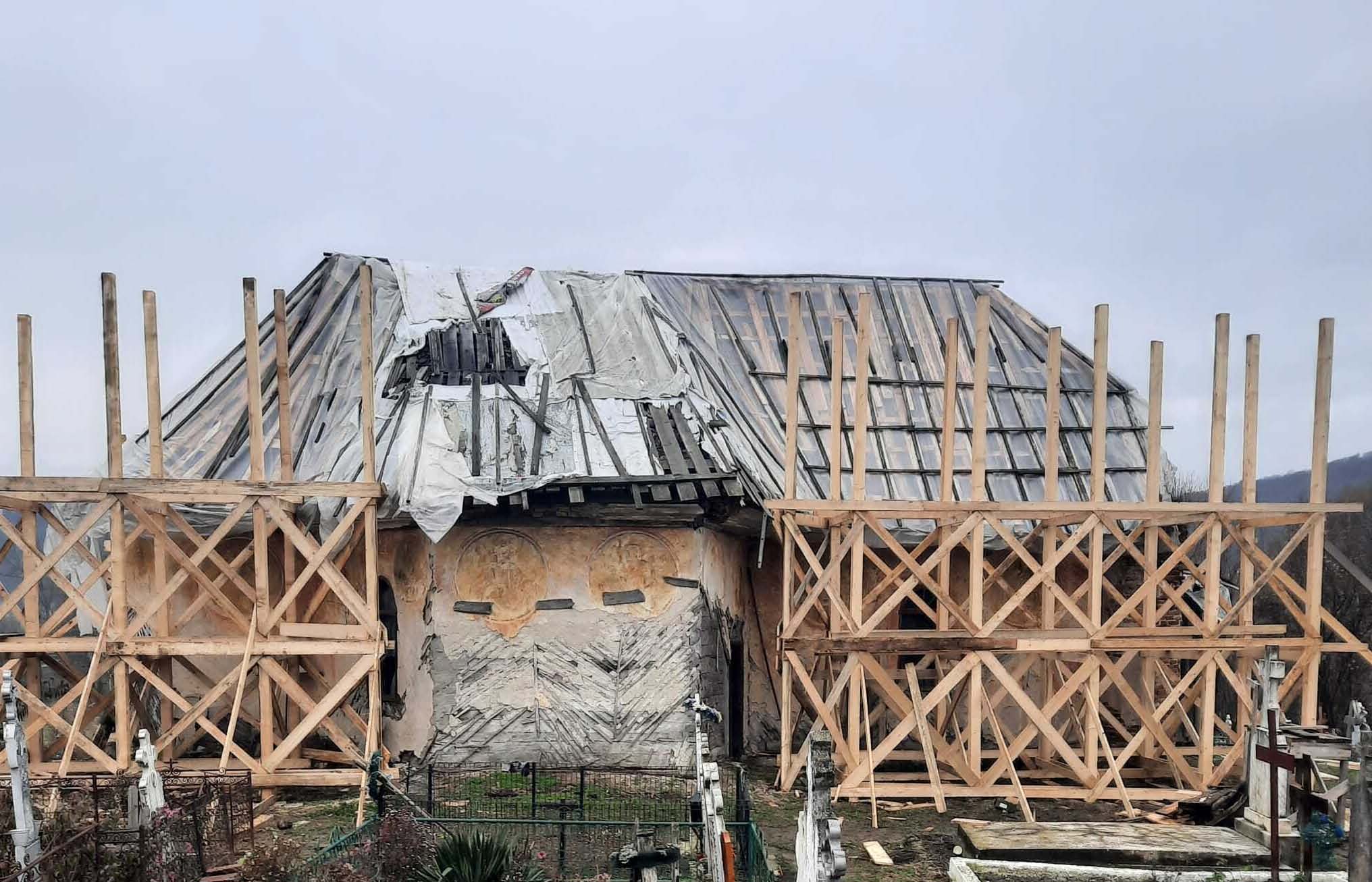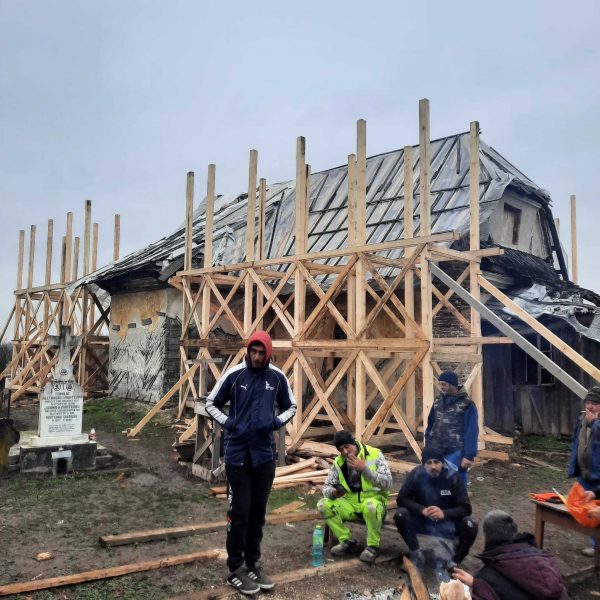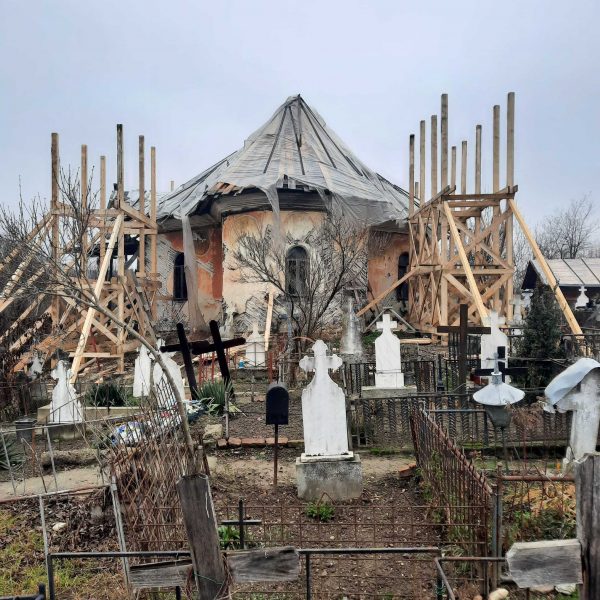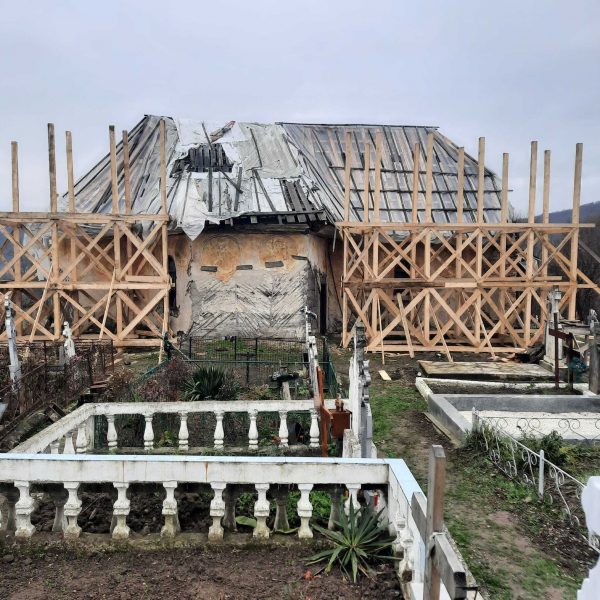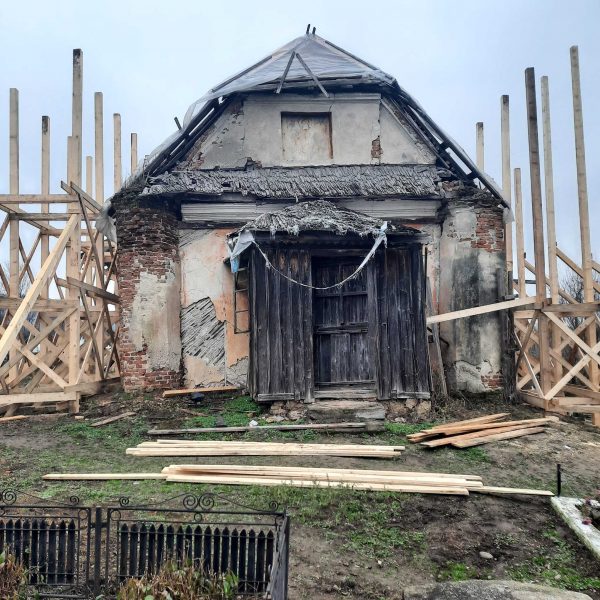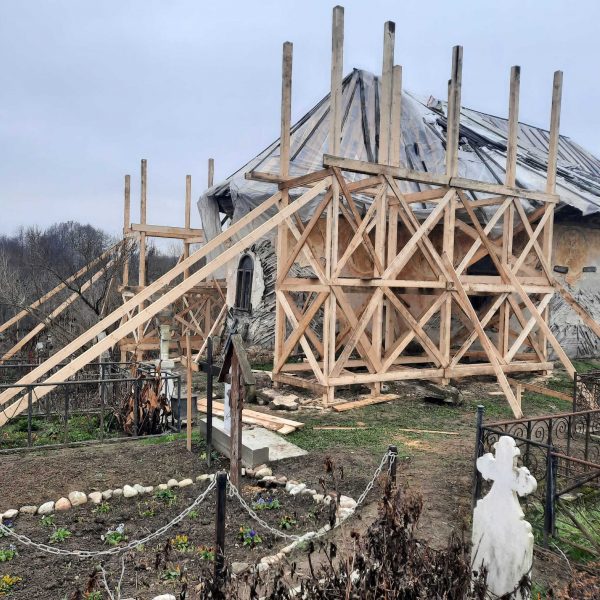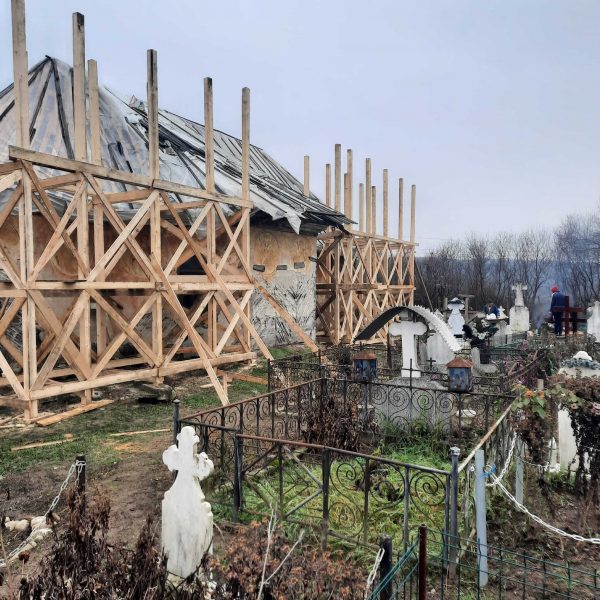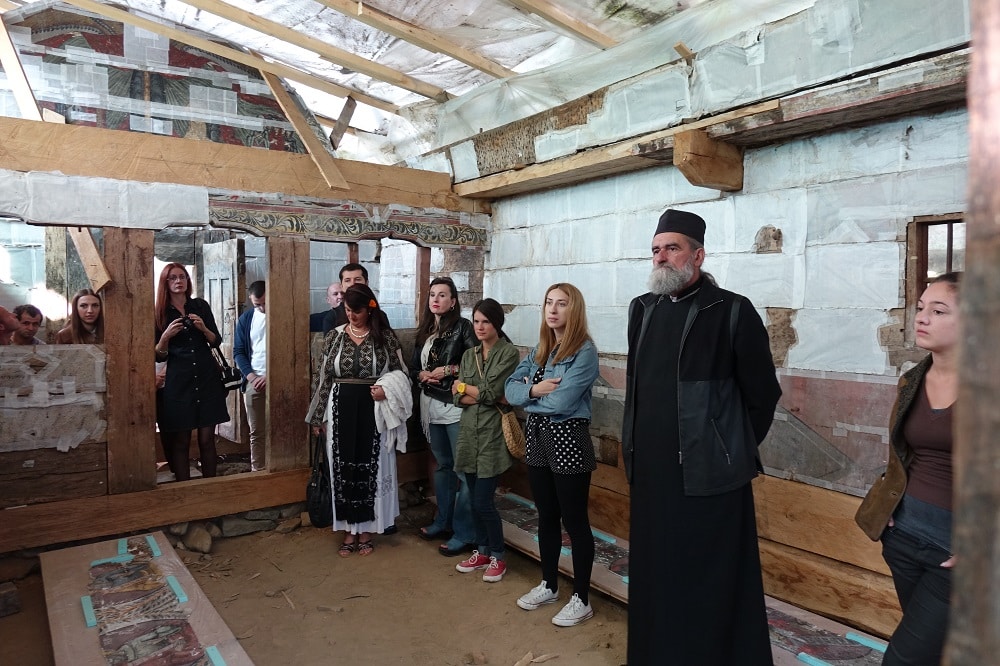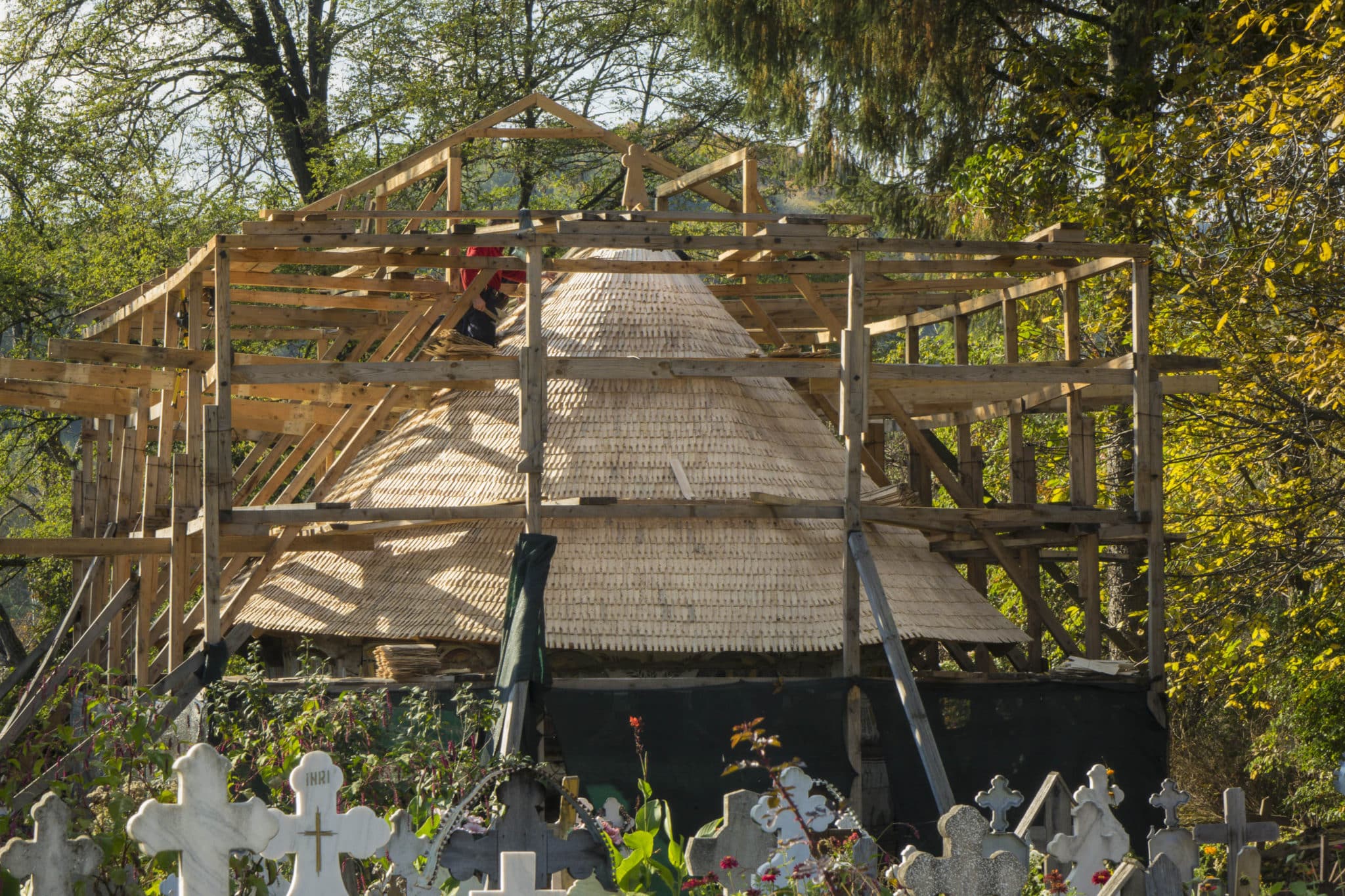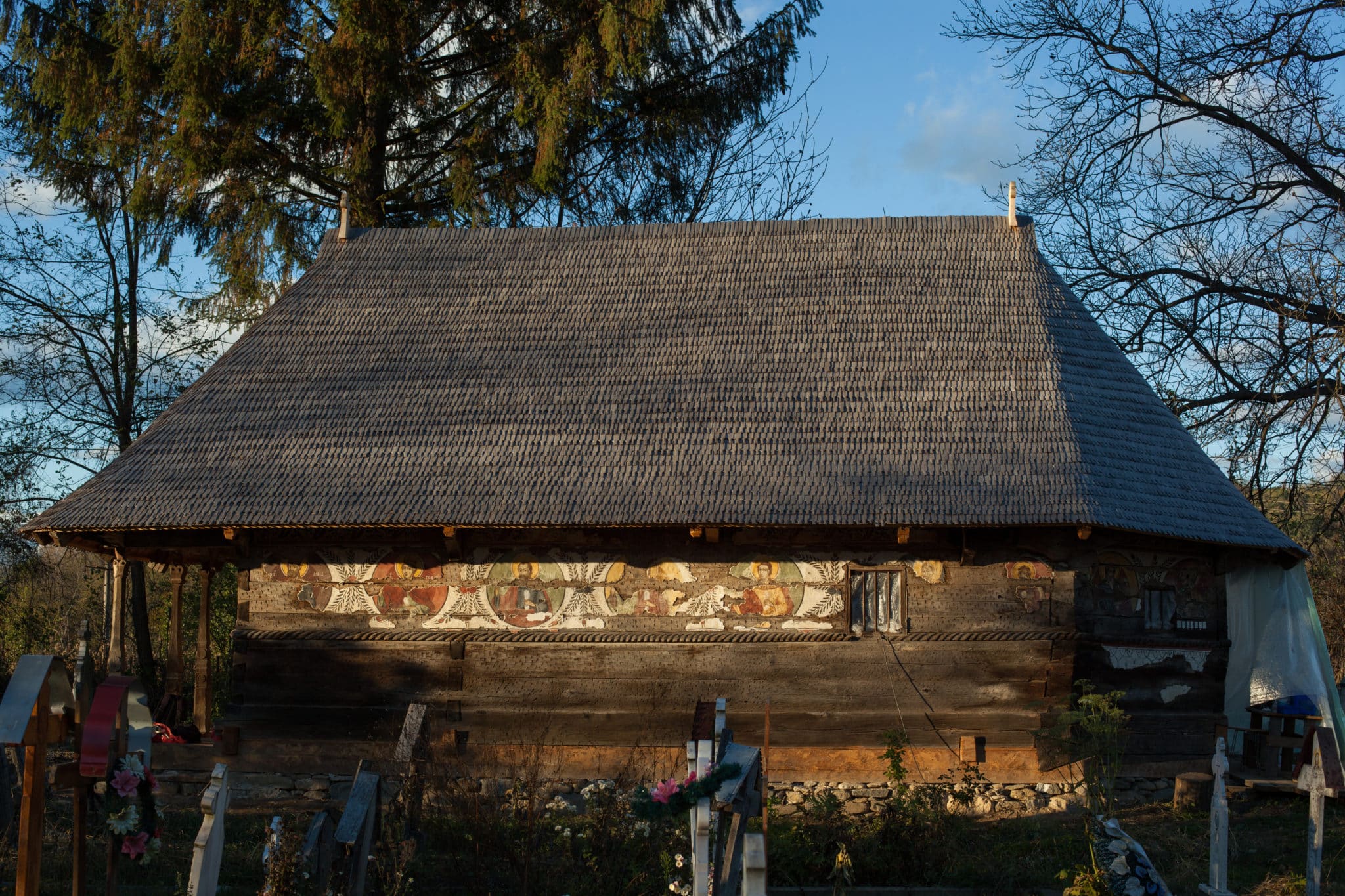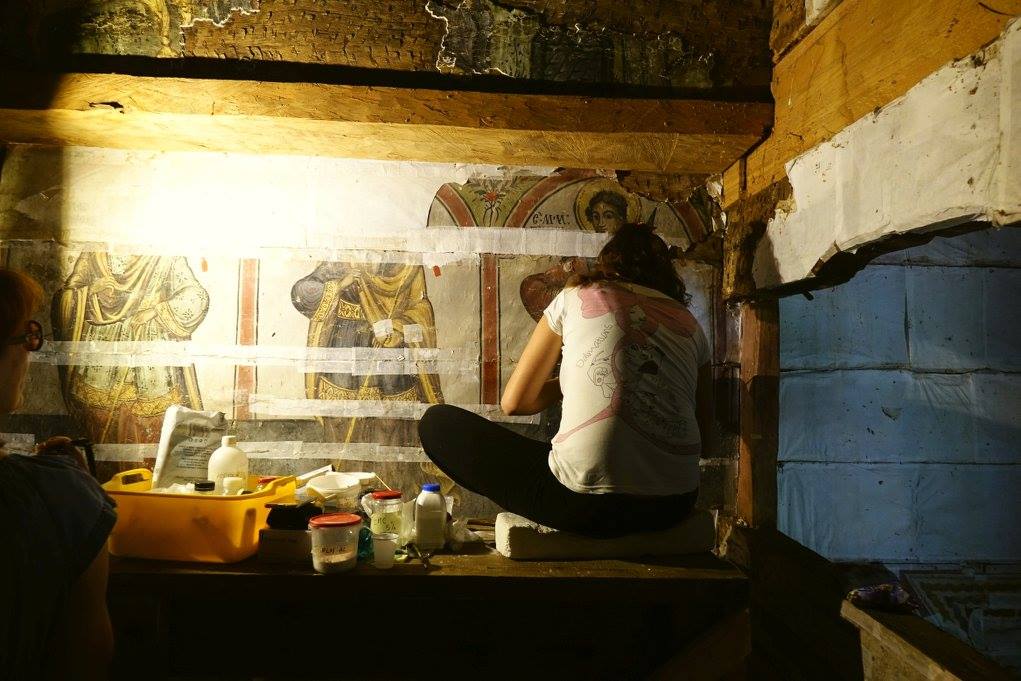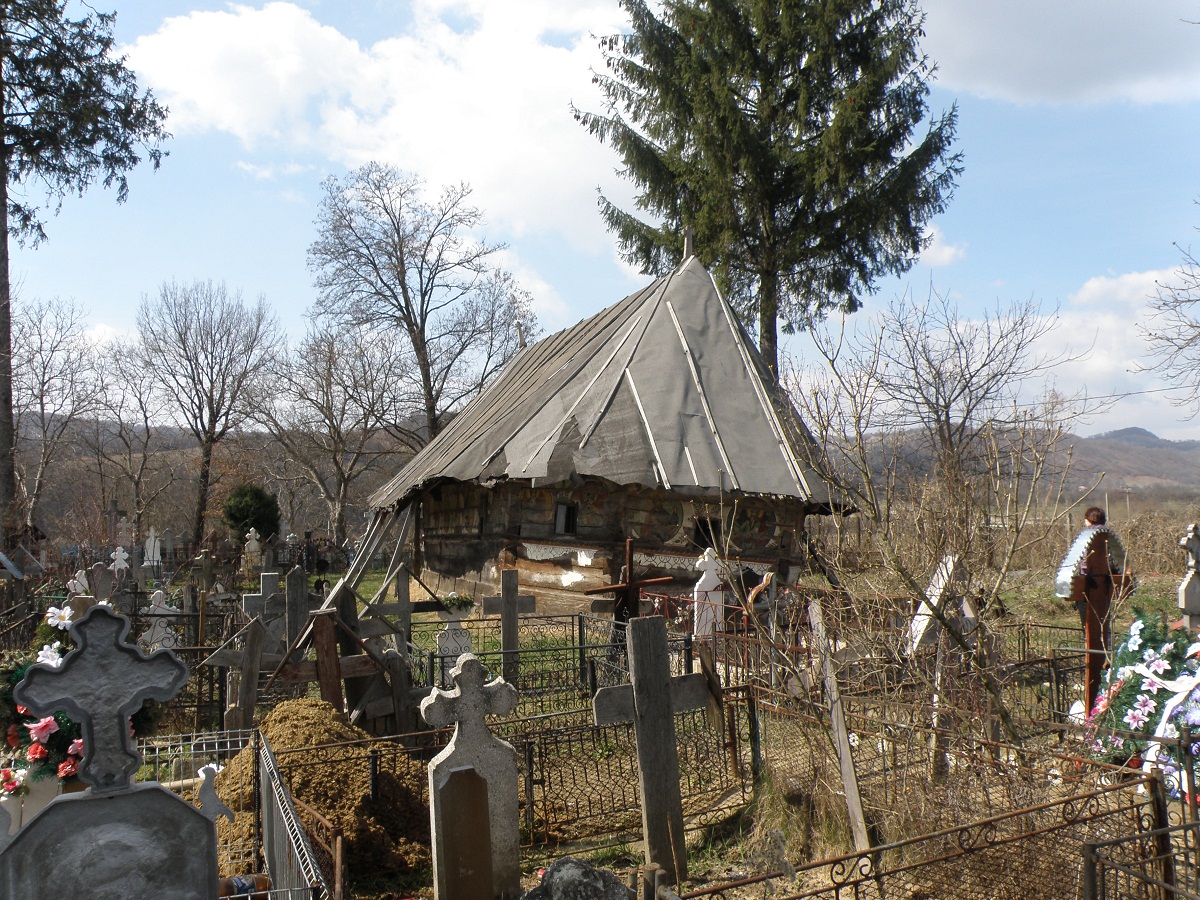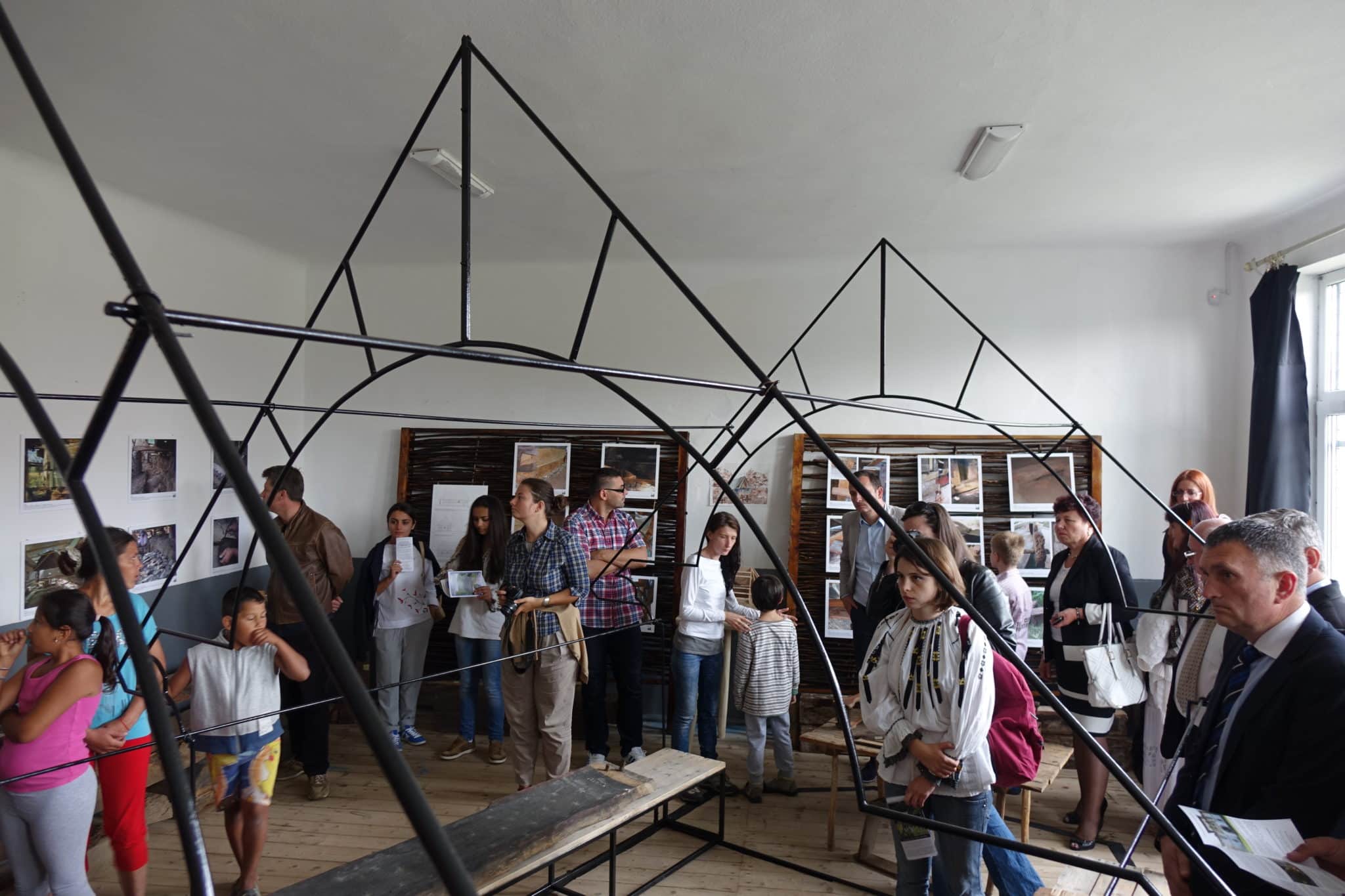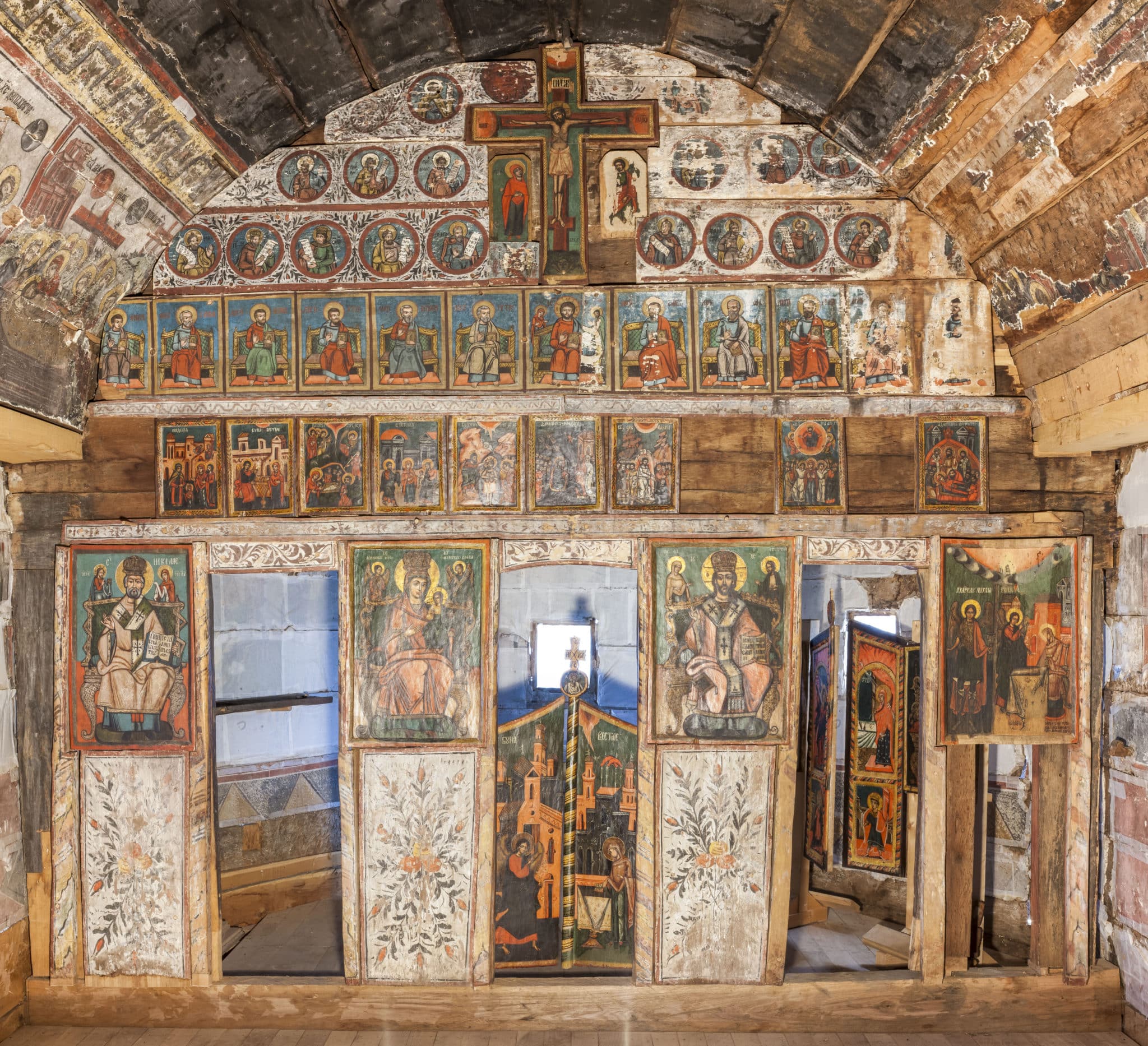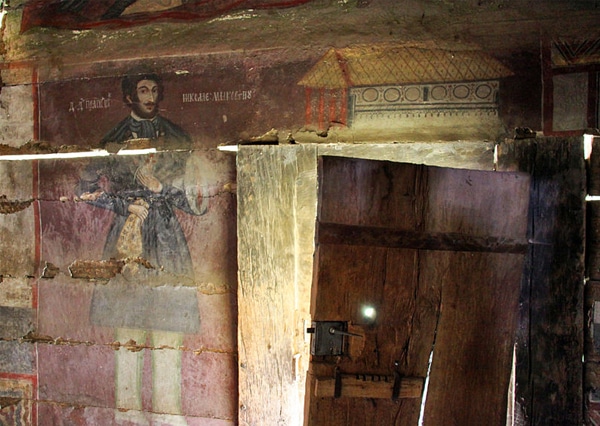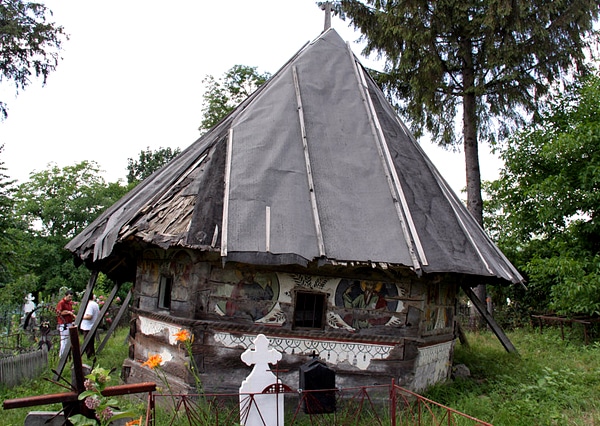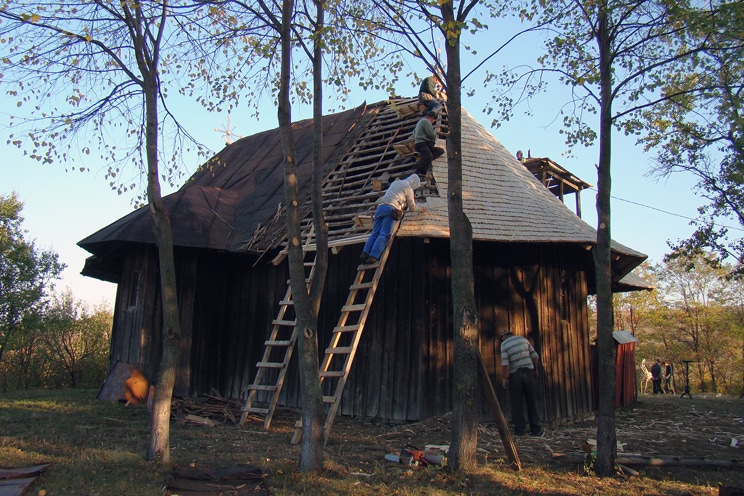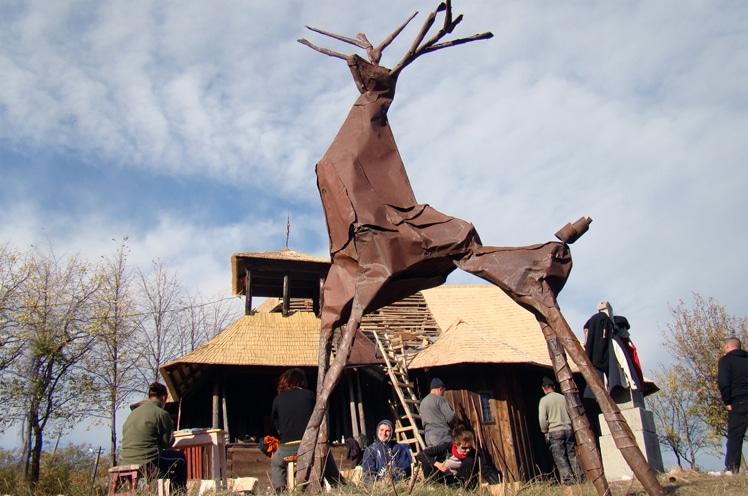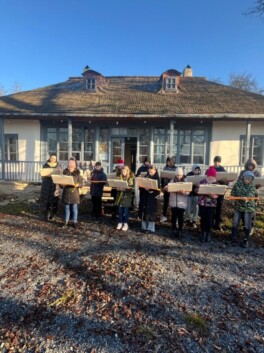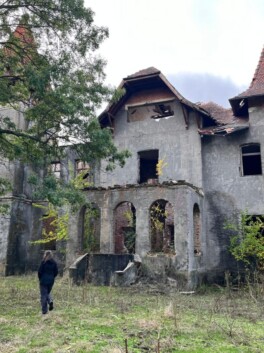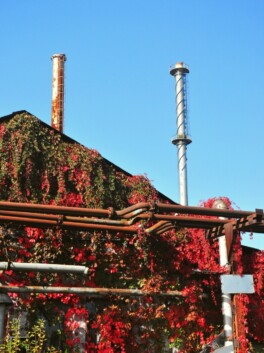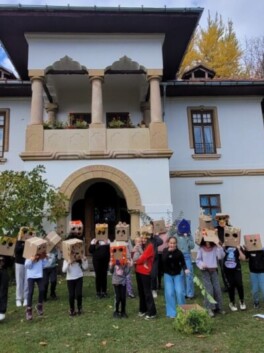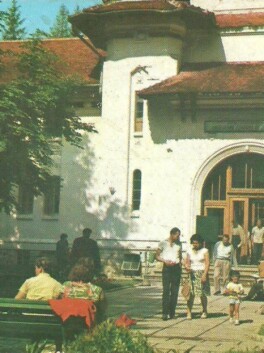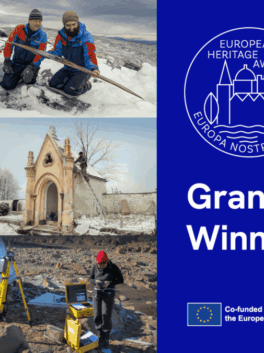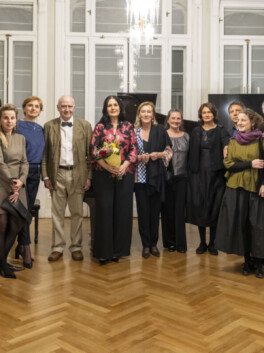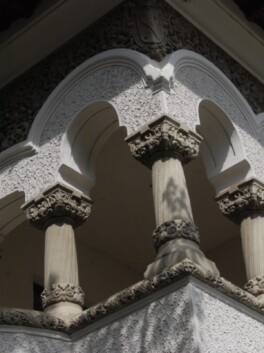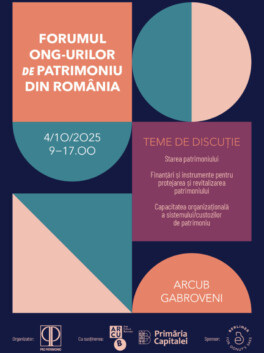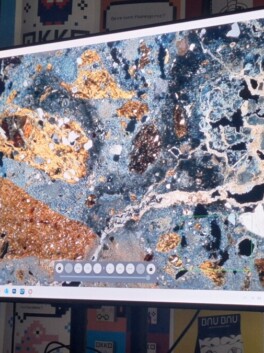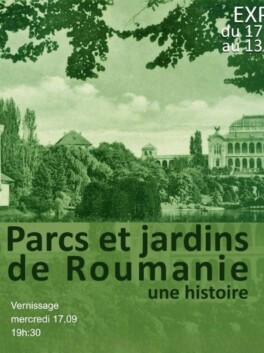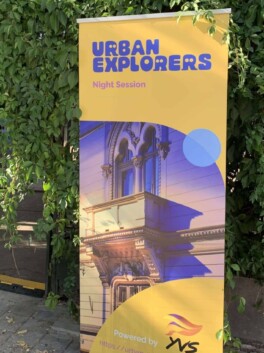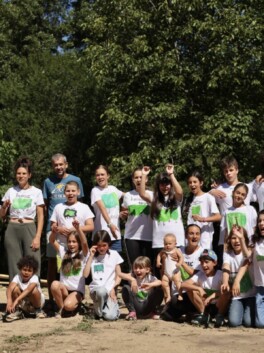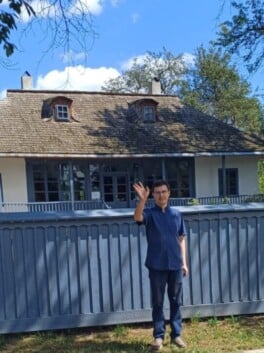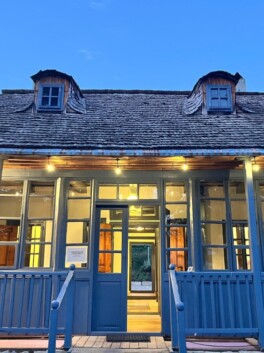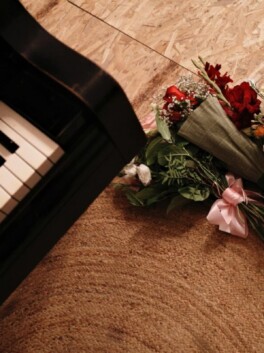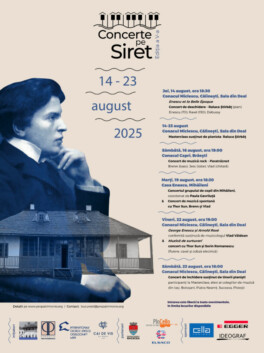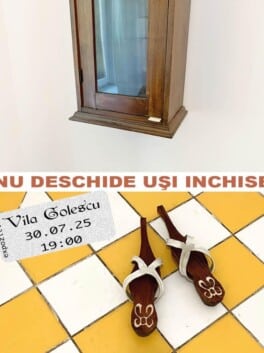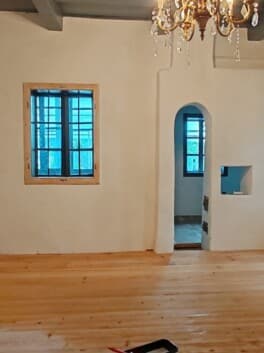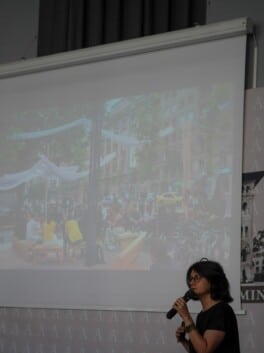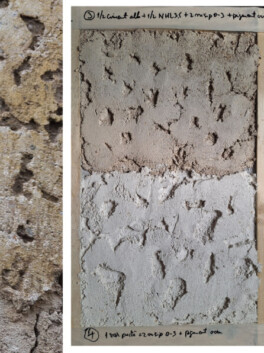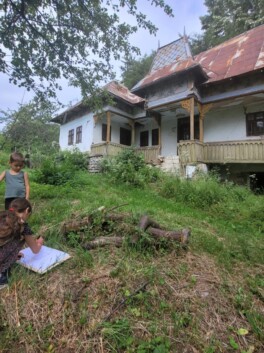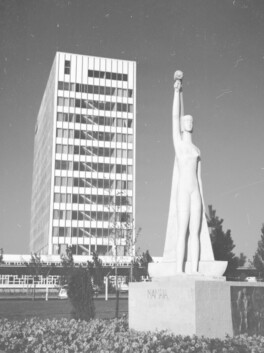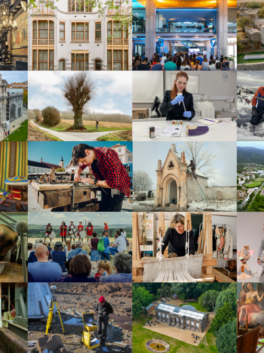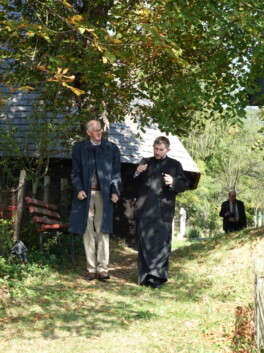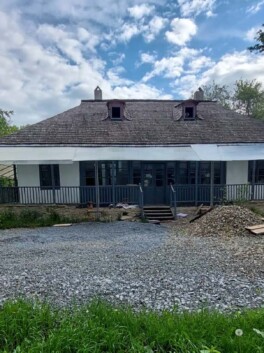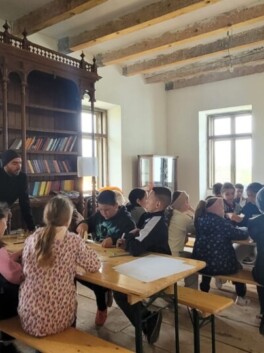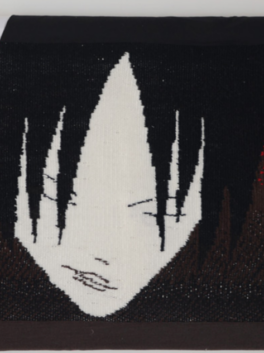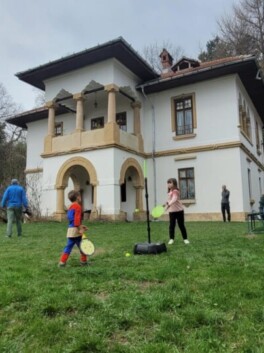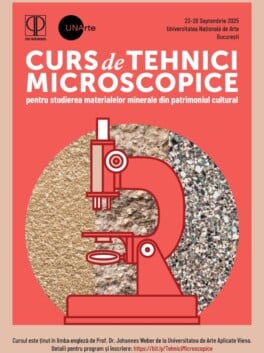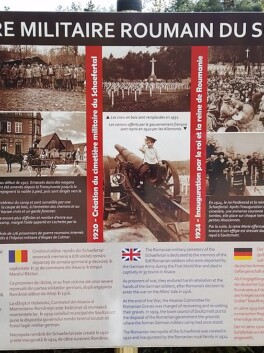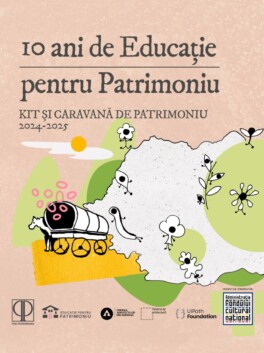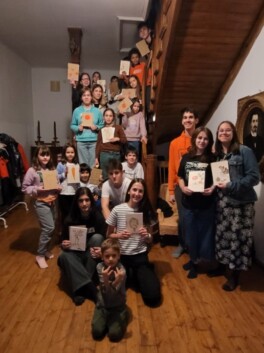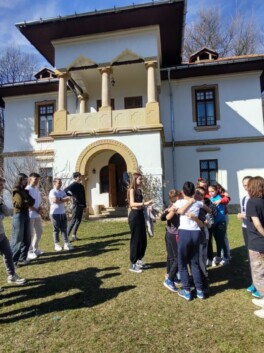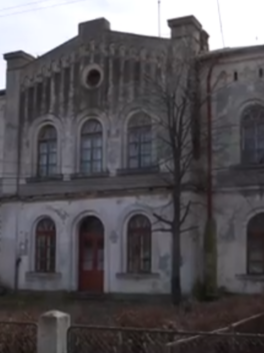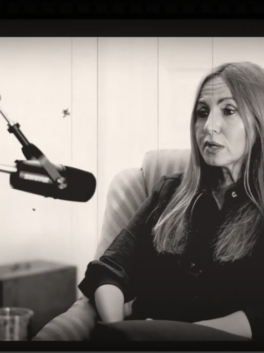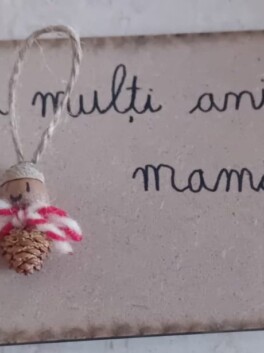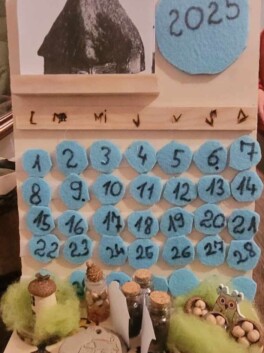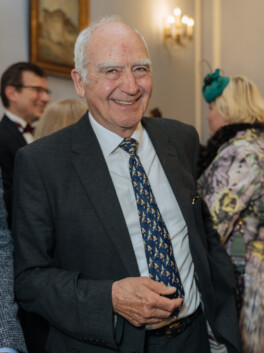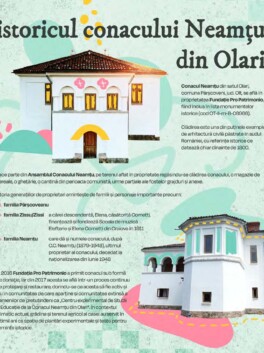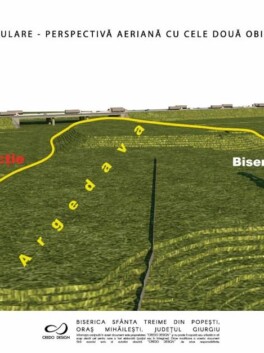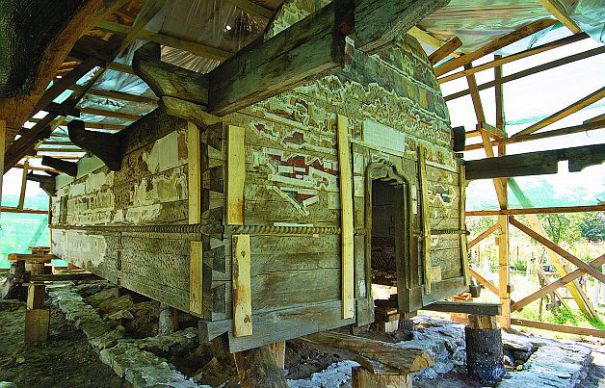
Church in Urși, Vâlcea County
In the case of the wooden church in Urși, Vâlcea County (1784), several major problems with the roofing, structure and foundation have been noted as well as the mural painting that is in a fragile condition. On 12 June 2010 the altar vault caved in, a reason for the Order of Architects and Pro Patrimonio Foundation to step in and, with donations and voluntary work, build a structure to shield the church, dismantle the rotten roof and, together with Prof. Dan Mohanu and students from the National University of Fine Arts in Bucharest consolidate the frescoes. Architects Ștefan Bâlici and Virgil Apostol voluntarily drew the restoration project for the church in Urși.
Since 2010 an ample restoration worksite has been underway and it includes conservation of both interior and exterior frescoes. The works are done with the help of the local community that wishes to see the work finished and the church reopened for daily use as well as for tourist visits. The restoration work in progress since 2013 is being done with the support of the international organization World Monuments Fund.
In the case of the small wooden church in Urși, the museum inaugurated in 2014 on Watch Day is located in a room in the village kindergarten and comprises damaged elements that have been replaced, pictures taken during the restoration works, and explanations about techniques, painting and the value of the church. In the case of Urși, one of the successful projects in progress, the local priest and mayor have given a great deal of support to the project.
The church in Urși was built between 1757-1784 by founders Ion Danciu and Constantin the priest. After the fire in 1838, the church was repaired and painted inside and outside in 1843 by craftsmen Gerghe, Nicolae and Ioan . In 1913 a new brick church was built in town leaving the wooden church to serve as cemetery chapel. The last repair was done in 1943.
Violin recital held in 2013 by Alexandru Tomescu in the wooden church in Urși for raising funds necessary for restoration works.
https://www.youtube.com/watch?v=tfztXhRxwQY
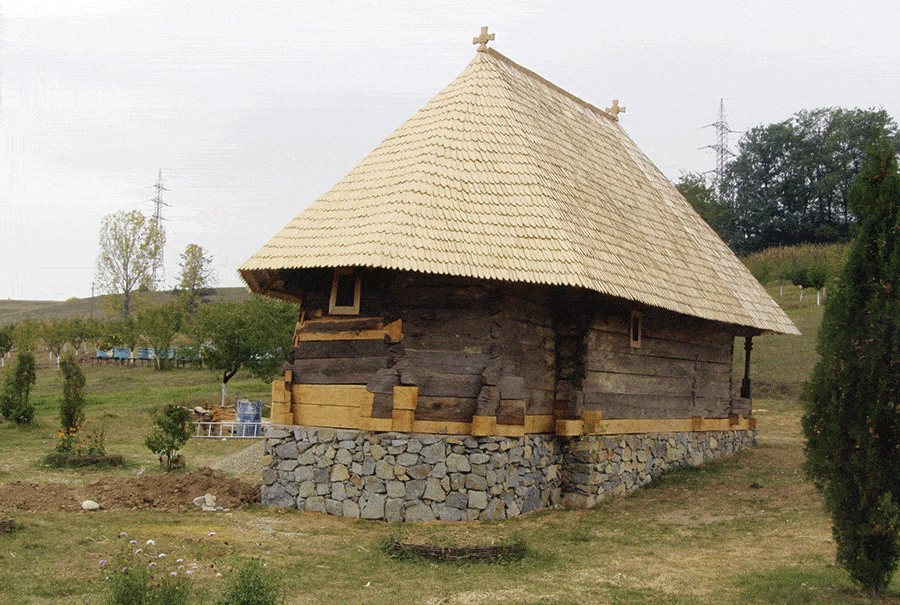
Church in Pojogeni, Gorj County
The wooden church in Pojogeni, Gorj county (1797) found in 2009 in a pre-collapse condition is a special case among those in the project 60 de biserici de lemn as it was saved by being dismantled and reassembled in Cămărășeanca Monastery (app. 1780) in Târgul Cărbunari, 10 km away. The wooden church was shortly after included in the monastic life and the life of its neighbouring community.
The entire rescue process has been documented in a work-in-progress journal-volume:
Strămutarea bisericii din Pojogeni (septembrie-octombrie 2009), Ed. Simetria, 2010 (LINK)
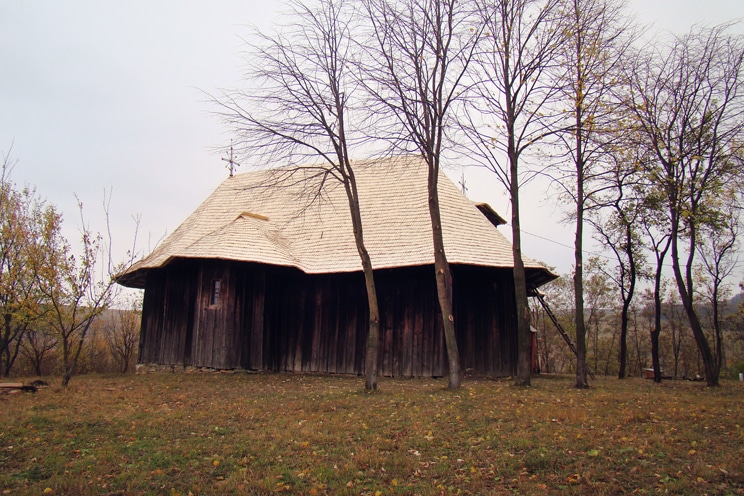
Church in Cervicești, Botoșani County
In 2012, the program 60 de biserici de lemn included interventions for a wooden church in Botosani County, at the request of the priest and the founder’s family, who wanted to repair the church in Cervicești (1861) and give it its due value. The repairs were supervised by Pro Patrimonio Foundation volunteers who, through small interventions, kindled the villagers’ interest for the old church. Even when the building site was in progress there was a request for a wedding in the wooden church.
Details at http://arhitectura-1906.ro/2013/01/biserici-de-lemn-reasezarea-in-comunitate-boz-tarnavita-cervicesti-2/
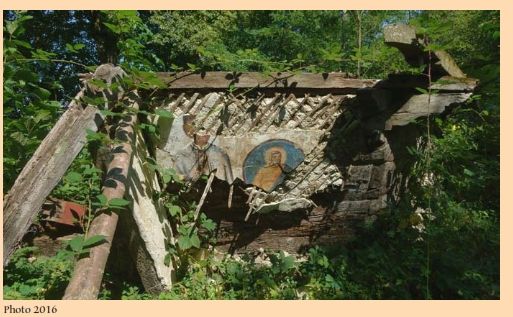
Church in Budurăști, Vâlcea County
Biserica din Budurăști, jud. Vâlcea (1755-1756)
The wooden church in Budurăşti is a sad case of irreversible collapse and degradation.
The church collapsed but fragments of mural painting in various stages of degradation were preserved. They were extracted in 2016 by Pro Patrimonio’s preservation team.

Church in Boz, Hunedoara County (1791)
After an emergency intervention to protect the roof of the wooden church in Boz, Hunedoara County (1791) with plastic foil, the tile roofing was completely repaired in 2012. The church is used occasionally for services and houses temporary exhibitions on local history, community customs and life in its exonartex.
In 2017, with the support of Pro Patrimonio Foundation, priest Dacian Popescu of Boz managed to obtain a non-refundable European grant through the National Program for Rural Development for the restoration of the historic monument church.
Tablou activitati Church in Boz, Hunedoara County (1791)

